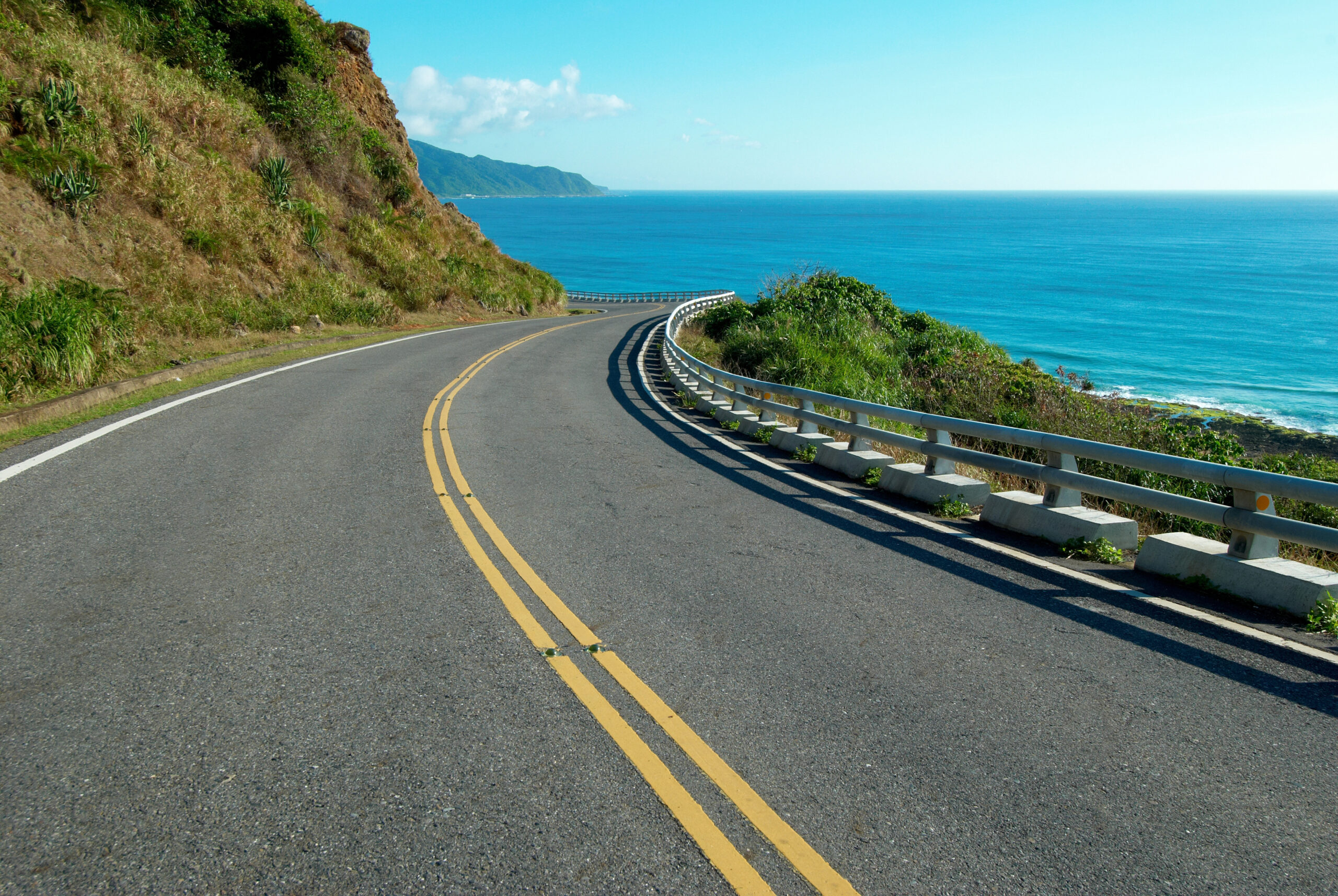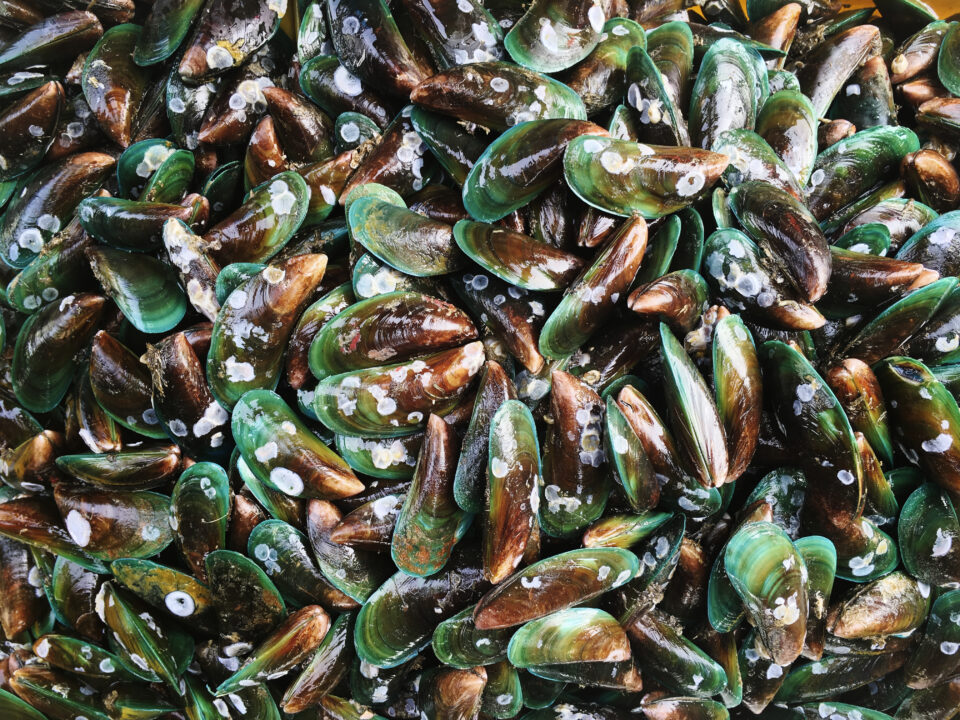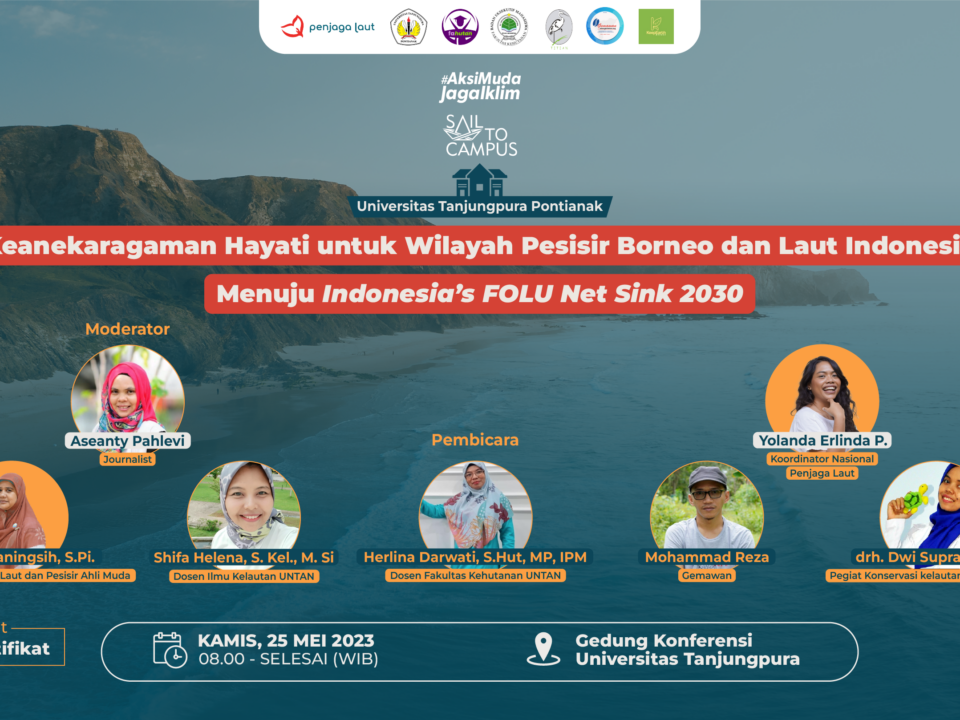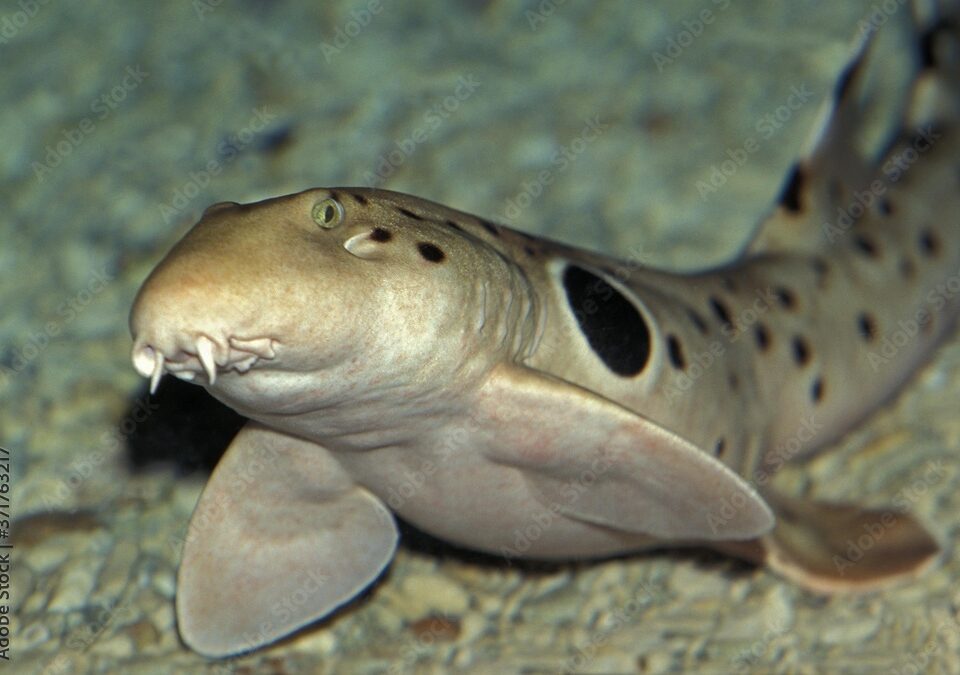
Kolaborasi Multipihak Lestarikan Ekosistem Mangrove
August 2, 2021
Tol Laut: Harapan, Manfaat, dan Dampak.
August 4, 2021New hopes for mangrove sustainability in Indonesia have been firmly planted since the end of 2020. On December 2020, with the issuance of Presidential Regulation Number 120/2020, the Government of Indonesia established Peat and Mangrove Restoration Agency or BRGM (Badan Restorasi Gambut dan Mangrove). The institution is a continuation of the Peat Restoration Agency/BRG formed in 2016 and has ended its working period in the end of 2020. As implied in its name, BRGM’s mandate also includes mangrove rehabilitation. 600,000 ha of mangrove is targeted to be rehabilitated by 2024 covering nine provinces namely North Sumatra, Riau, Riau Islands, Bangka Belitung, West Kalimantan, East Kalimantan, North Kalimantan, Papua, and West Papua. By the end of this year, this mangrove rehabilitation program is expected to cover 83,000 ha of mangrove in nine priority provinces. Socialization and first batch of planting activities have been conducted since April.
Although mangrove rehabilitation is part of BRGM’s tasks and functions, the above-mentioned target of mangrove rehabilitation is essentially part of national programs as stipulated in the Medium-term National Development Plan (RPJMN) 2020-2024. To foster collaboration and multistakeholder synergy, Coordinating Ministry for Maritime Affairs and Investment was assigned by President Jokowi to coordinate relevant ministries and institutions such as the Ministry of Environment and Forestry (MoEF), Ministry of Marine Affairs and Fisheries (MMAF), Ministry of Village, Development of Disadvantaged Regions and Transmigration of Republic of Indonesia, as well as to encourage non-governmental organizations to collaboratively realize mangrove rehabilitation target.
In his media statement, Coordinating Minister of for Maritime Affairs and Investment Luhut B. Pandjaitan conveyed a plan to build information system for national mangrove monitoring that would record all mangrove activities conducted by all institutions or organizations. Reports gathered from all implementers doing mangrove activities will be compiled in one integrated system. This way, it is expected that all mangrove activities could be documented in one map.
Restoring Mangrove Ecosystems and Economy
Aligned with post-COVID 19 National Economic Recovery Program, local economy development is also at the heart of this mangrove rehabilitation design activities. Through labour-intensive approach, throughout 2021, the mangrove planting activities in nine provinces are estimated to involve 203.500 local workers. With 1.5 billion rupiah allocated, more than half will be spent for nurseries and planting activities implemented by local workers from respective villages.
As for BRGM, local communities have been the vanguard of its restoration program. In the previous period, peat restoration was conducted in close collaboration with local communities through the establishment of Peat Care Village Program or Desa Peduli Gambut. As stated in BRGM’s website, the Head of BRGM, Hartono emphasized, similar approach would be implemented for mangrove restoration. Mangrove Care Village will be established to facilitate socialization and education program, as well as the formation of community groups who would be involved in managing and developing mangrove livelihood program.
Developing Research on Mangrove
Meanwhile from the science and research parts, the government has been fostering collaboration with universities and NGOs to undertake research and applied studies on mangrove. MoEF in cooperation with National Research and Innovation Agency (BRIN) will conduct testing and application of mangrove conservation and restoration good practices, and baseline measurement of carbon stock to improve Forest Reference Emission Level/FREL of mangrove forest ecosystems. Research will also include analysis on climate adaptation of mangrove forest, productivity study on nipah for communities’ livelihood, and other socioeconomic studies.
Meanwhile to build a platform which will serve as mangrove research hub, MoEF with the financial support from Germany, is currently preparing the establishment of World Mangrove Centre (WMC). WMC is expected to facilitate multistakeholder collaboration on mangrove research, stimulate universities to conduct more research on mangrove, as well as to promote sustainable forest mangrove management.
The Potential of Blue Carbon: Restoration and Conservation
When it comes to mangrove, discussion on blue carbon has always been an integral part. The role of mangrove for climate change mitigation has been widely researched. The latest one is a research conducted by CIFOR in 2020 which reveals the potential of mangrove regeneration particularly in Papua and West Papua in realizing Indonesia’s emission reduction target. This could be achieved by increasing mangrove carbon stocks as well as offsetting greenhouse gas emissions from land-use change.
Quoting from CIFOR website, Sigit Sasmito, a CIFOR researcher and a Ph.D. candidate from Australia’s Charles Darwin University, said that mangrove conversion to aquaculture has led to live biomass carbon stocks being lost by 85 percent. Combining carbon stock losses from live biomass and soil carbon pools from mangrove to aquaculture conversion were found to reduce carbon stocks by 66 percent.
Besides highlighting mangrove’s potential as carbon sinks, the research also emphasizes the importance of conservation to halt mangrove land-use changes as sources of emission. In other words, the potential of mangrove’s blue carbon can be fully realized if planting activities and mangrove conservation are in place.
The target to rehabilitate 600,000 ha of mangrove is a strategic step that should be appreciated. However, conservation should also gain significant portion of attention. MMAF’s data recorded, 637,00 ha of mangrove or equal to 19 percent of the total 3.3 million ha of mangrove in Indonesia is now in critical condition. Meanwhile, another 81 percent or 2.6 million ha of mangrove is still in good condition. Hopes for mangrove sustainability will even more promising if priorities are fully put for 100 percent mangrove in Indonesia; rehabilitation for 19 percent of damaged mangrove and protection for 81 percent of the intact ones.




